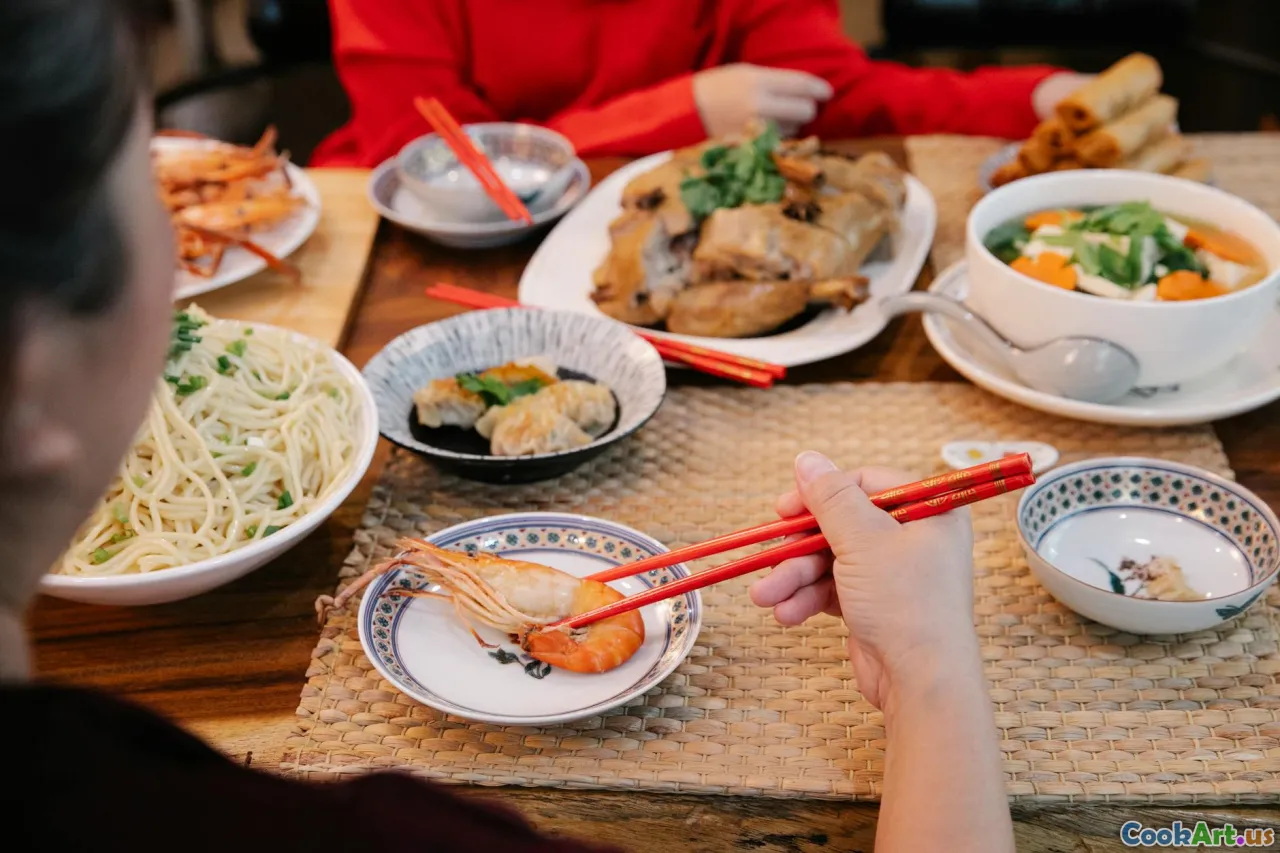Traditions on a Plate: Holiday Foods Explained
6 min read Explore the rich tapestry of holiday foods that connect us to traditions and cultures around the world. April 10, 2025 17:00
Traditions on a Plate: Holiday Foods Explained
Food is often the centerpiece of holiday celebrations, serving as a delicious bridge between cultures, families, and generations. From the savory dishes of Thanksgiving in the United States to the sweet treats of Diwali in India, holiday foods tell rich stories that reflect a community's history, values, and traditions. In this article, we explore some of these beloved holiday foods, delving into their origins, meanings, and the cooking techniques that bring them to life.
The Significance of Holiday Foods
Holiday foods are not merely sustenance; they are imbued with meanings and rituals that unite people. These culinary traditions often revolve around seasonal ingredients, local customs, and historical events. For many, preparing and sharing holiday meals is a way to honor ancestors, celebrate victories, or simply enjoy time with loved ones.
Thanksgiving Turkey: A Symbol of Gratitude
In the United States, Thanksgiving is synonymous with turkey. This tradition originated from early harvest celebrations in the 17th century, where the turkey was chosen for its size and availability. The act of gathering around the table to share a meal of turkey, stuffing, and cranberry sauce reflects themes of gratitude and community. Each family often has its unique twist on the classic recipe, making it a cherished tradition.
Diwali Sweets: A Festival of Lights
In India, Diwali, the Festival of Lights, is celebrated with an array of sweets known as mithai. These confections, made from ingredients like milk, sugar, and nuts, symbolize the sweetness of life and the triumph of light over darkness. Popular varieties include Gulab Jamun(deep-fried dough balls soaked in syrup) andLadoo (round sweets made from flour and sugar). The preparation of these sweets is often a communal activity, bringing families and friends together in joyous celebration.
Christmas Pudding: A Rich Heritage
In the UK, Christmas pudding is a time-honored dessert with roots that trace back to medieval England. Traditionally made with a mixture of dried fruits, suet, and spices, this pudding is steamed for hours and served with a sprig of holly on top. The preparation of Christmas pudding is steeped in tradition; families often make it together, each member stirring the mixture and making a wish. The pudding is then aged for weeks, enhancing its rich flavors and creating anticipation for Christmas Day.
Cooking Techniques and Regional Variations
The cooking techniques used in holiday dishes vary widely, often reflecting local resources and cultural influences. For instance, the slow roasting of a turkey allows the flavors to meld and the meat to develop a juicy tenderness, while the intricate process of preparing Diwali sweets showcases the artistry involved in Indian confectionery.
The Art of Roasting
Roasting is a common technique employed in many holiday dishes, enhancing the flavors through caramelization and creating a crispy exterior. In addition to turkey, other roasted meats, such as lamb for Easter or ham for Christmas, are popular choices across various cultures.
Steaming: A Delicate Process
Steaming is a technique often used in Asian cultures for holiday foods. For example, the preparation of Mandu(Korean dumplings) orBaozi (Chinese steamed buns) is not only about the ingredients but also about the skill in folding and shaping, representing the care and love put into the dish.
The Future of Holiday Foods
As globalization continues to influence food cultures, holiday foods are evolving. Traditional recipes are being reinterpreted to accommodate dietary restrictions, while new ingredients are being incorporated to reflect a more diverse palate. This evolution doesn’t erase tradition; rather, it enriches the tapestry of holiday celebrations, allowing more people to participate and share in these meaningful rituals.
Conclusion
Holiday foods are more than just meals; they are a reflection of cultural identities, traditions, and stories passed down through generations. Understanding the significance of these foods connects us to our heritage and to each other. As we gather around tables filled with cherished dishes, we partake in a shared experience that transcends borders and unites us in celebration. Whether it's the sweet aromas of Diwali or the savory flavors of Thanksgiving, these traditions on a plate remind us of the importance of community, love, and gratitude.









